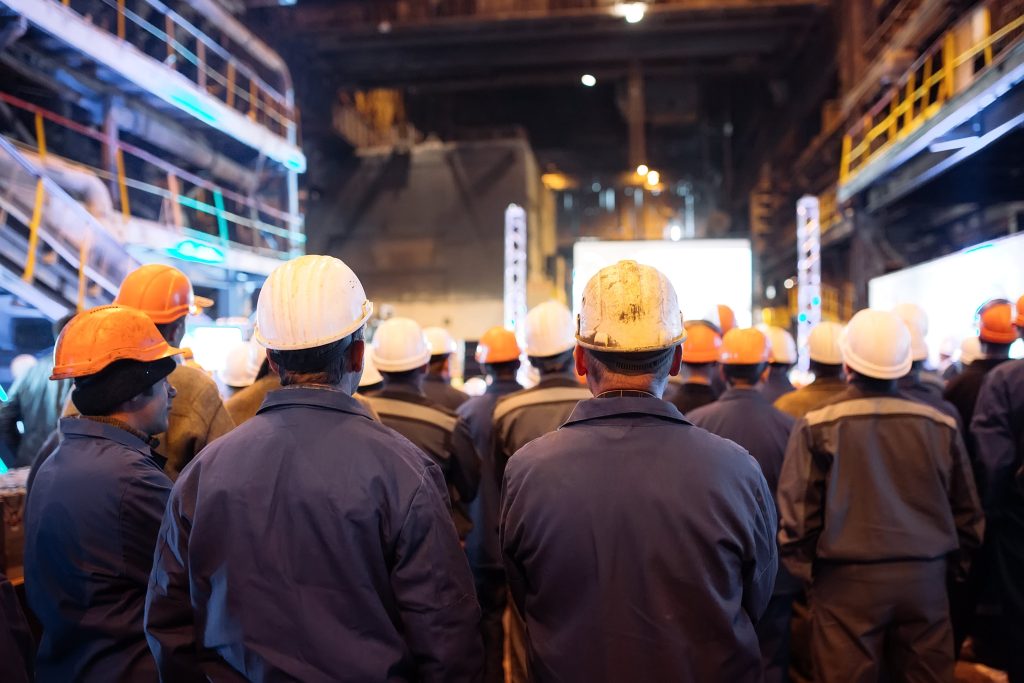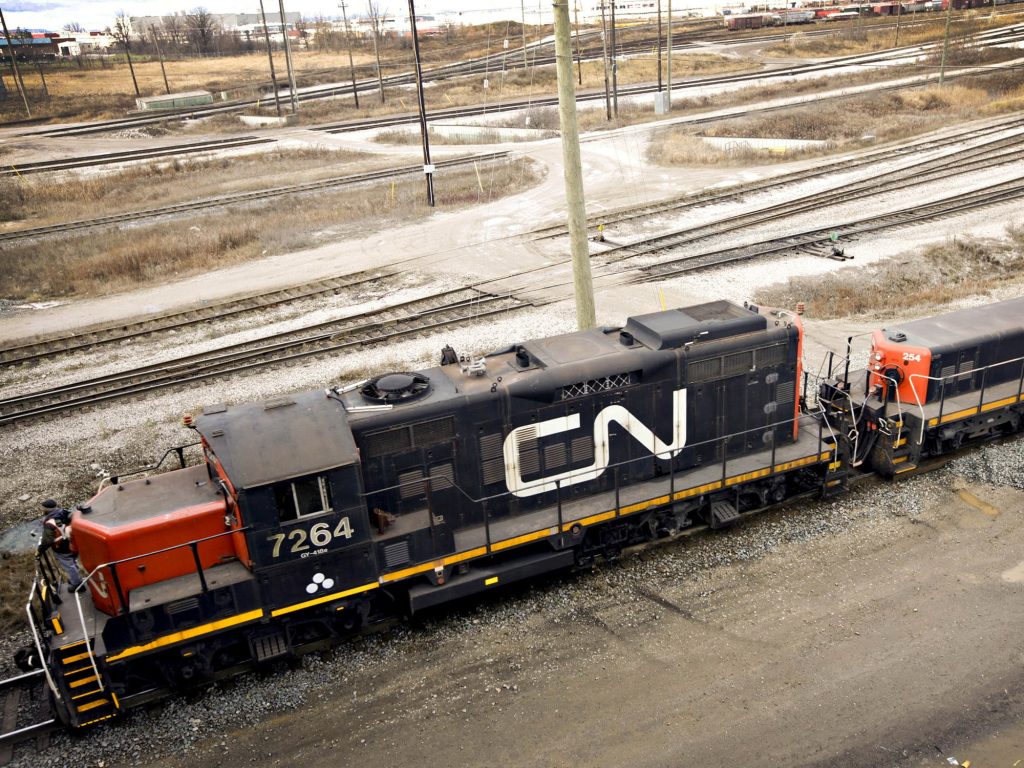Labor strikes can have a profound impact on the flow of goods, causing disruptions and increased costs for businesses. These events can affect the entire supply chain, from raw materials to finished products, and can result in delayed deliveries, stockouts, and other operational challenges. For businesses that rely on transportation to move goods from one place to another, understanding the impact of transportation labor strikes and taking proactive measures to mitigate their effects is critical.
In this blog, we will explore the impact of transportation labor strikes on supply chain flow, and discuss strategies for mitigating their effects, from diversifying transportation options to building a strong inventory management system. By understanding the challenges posed by transportation labor strikes, businesses can be better prepared to respond and maintain the continuity of their operations.

Understanding Transportation Labor Strikes
Transportation labor strikes refer to a collective action taken by workers in the transportation industry to protest against working conditions, wages, or other labor-related issues. These strikes can occur in various forms, including work stoppages, slowdowns, or picketing. They often take place in the aviation, maritime, rail, and trucking sectors, and can significantly impact the transportation of goods and services.
Understanding the causes and triggers of transportation labor strikes is crucial for businesses to prepare for any potential disruptions in their supply chain flow. This understanding can help businesses to develop contingency plans, reduce the impact of the strikes, and ensure the continuity of their operations.
Transportation Labor Strike: A Historical Example

The Canadian National Railway Strike of 2019 was a nationwide strike by Canadian rail workers that resulted in the shutdown of the country’s largest railway. The strike lasted for over three weeks and caused significant disruptions to the shipment of goods, including consumer goods, agricultural products, and raw materials.
The impact of the strike on supply chain flow was widespread, as businesses that rely on rail transportation were forced to find alternative transportation methods or face delays in the delivery of their products. The shortage of goods in the market due to the strike also caused prices to rise, leading to increased costs for businesses and consumers.
The strike highlighted the importance of having contingency plans in place to mitigate the effects of transportation labor strikes on the supply chain flow, as well as the need for businesses to diversify their transportation options and maintain strong relationships with suppliers.
The Impact of Transportation Labor Strikes on Supply Chain Flow

Transportation labor strikes can have a significant impact on the flow of goods in the supply chain. These strikes can cause disruptions in the transportation of goods, leading to delays in delivery, decreased availability of goods, and increased costs. The disruption in the transportation of goods can cause a ripple effect throughout the supply chain, affecting the production and distribution of goods, and leading to a shortage of supplies.
The increased cost of transportation resulting from the strikes can also have a financial impact on businesses, as they may have to pay more to transport their goods. The decreased availability of goods in the market can also lead to increased competition for limited resources, which can result in higher prices for consumers. These impacts of transportation labor strikes on supply chain flow highlight the importance of preparing for and mitigating the effects of these events.
Be Proactive: Mitigate the Effects of Labor Strikes
Mitigating the effects of labor strikes on the supply chain flow requires businesses to have a proactive approach. Some of the ways to do this include:
Diversifying transportation options: By having multiple transportation options, businesses can reduce their dependence on a single mode of transportation, minimizing the impact of a transportation labor strike.
Building strong relationships with suppliers: Strong relationships with suppliers can help businesses to secure alternative sources of goods and reduce the impact of supply chain disruptions.
Building a strong inventory management system: A robust inventory management system can help businesses to better manage their stock levels, reducing the impact of transportation labor strikes on their operations.
To build a strong inventory management system, businesses should focus on accurate forecasting, real-time inventory tracking, appropriate safety stock management, integration with other systems, and regular review and analysis.
These steps will help to minimize the impact of transportation labor strikes and ensure that businesses have the right level of inventory to meet customer demand.
Staying informed about potential labor strikes: Staying informed about potential transportation labor strikes and monitoring the situation closely can help businesses to prepare for and respond to disruptions in their supply chain flow.
Stay informed about potential transportation labor strikes by:
- Monitoring news sources and industry organizations.
- Connecting with suppliers and transportation providers.
- Using technology and tools, such as supply chain management software.
- Following labor unions’ statements and updates.
By implementing these strategies, businesses can minimize the impact of transportation labor strikes on their operations and ensure the continuity of their supply chain flow.
How to Respond to a Labor Strike

When push comes to shove and a transportation labor strike is affecting your supply chain flow, here’s what you can do to make the most of the situation:
Assess the impact: Evaluate the impact of the strike on your supply chain flow and determine which areas are most affected. This will help you to prioritize your response efforts.
Develop contingency plans: Develop contingency plans for dealing with the strike, including alternative transportation options and ways to secure alternative sources of goods if necessary.
Communicate with stakeholders: Keep your stakeholders informed about the impact of the strike on your supply chain flow and any plans you have in place to mitigate its effects. This includes customers, suppliers, and transportation providers.
Utilize technology: Utilize technology, such as supply chain management software, to monitor the impact of the strike on your supply chain flow and track inventory levels in real-time.
Review and adjust: Continuously review the impact of the strike and adjust your plans as needed to minimize its impact on your operations.
By taking a proactive approach to a transportation labor strike, businesses can minimize the impact on their supply chain flow and maintain the continuity of their operations.
As a third-party logistics provider, we understand the importance of maintaining a smooth supply chain flow for our clients. Transportation labor strikes can have a significant impact on the flow of goods, causing disruptions and increased costs.
However, by being proactive and implementing strategies such as diversifying transportation options, building strong relationships with suppliers, and having a robust inventory management system, businesses can minimize the impact of these events on their operations.
Additionally, staying informed about potential labor strikes and responding quickly to disruptions in the supply chain flow can help to ensure the continuity of business operations. At R2 Logistics, we are committed to providing our clients with the support and resources they need to navigate these challenges and maintain the smooth flow of their supply chain.
